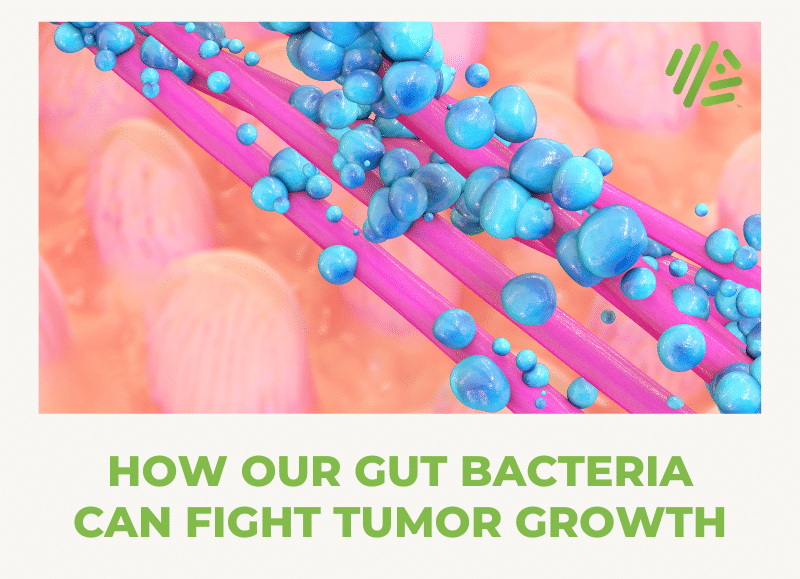At Gene Food, we are committed to providing our readers accurate, evidence based content.
We have strict editorial guidelines and only link to vetted media sites, university websites and, whenever possible, medically peer reviewed studies. You can find all the references for this post organized at the bottom of this piece. All citations used have been vetted by our research team headed by Dr. Aaron Gardner.
If you feel there are inaccuracies in any of our written work, we invite you to use the contact form on our Contact page to tell us how we could improve.

